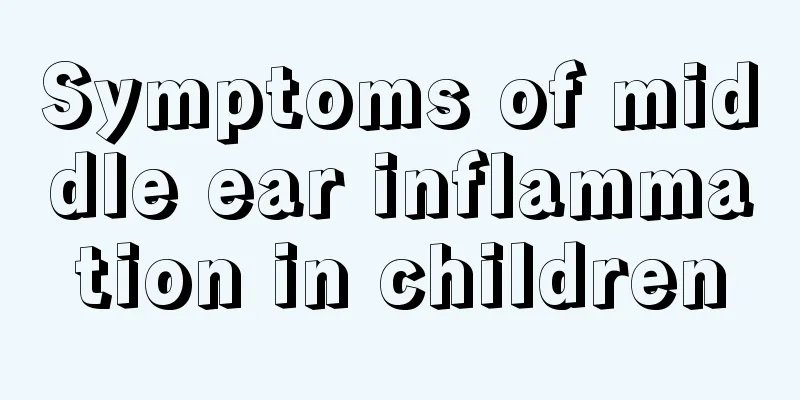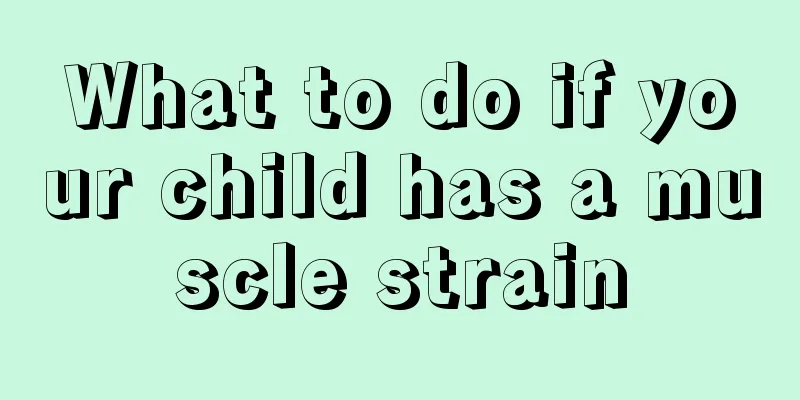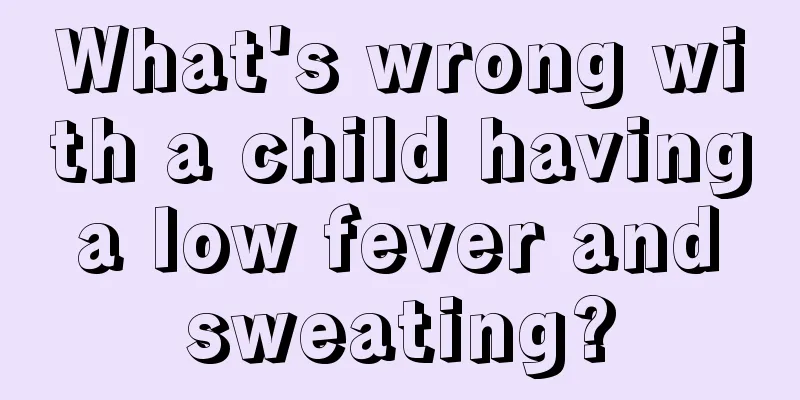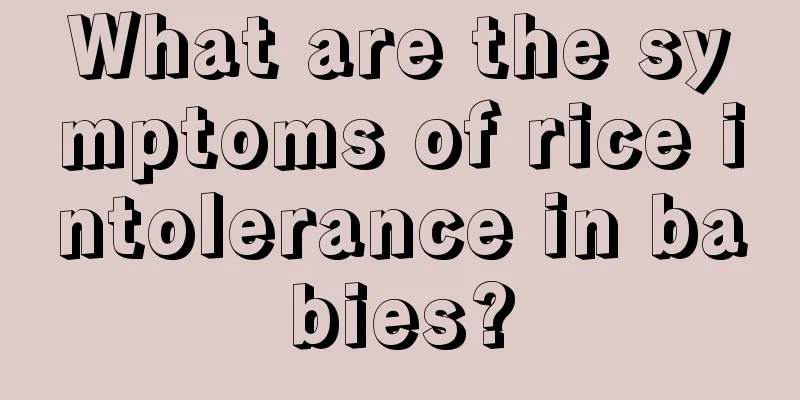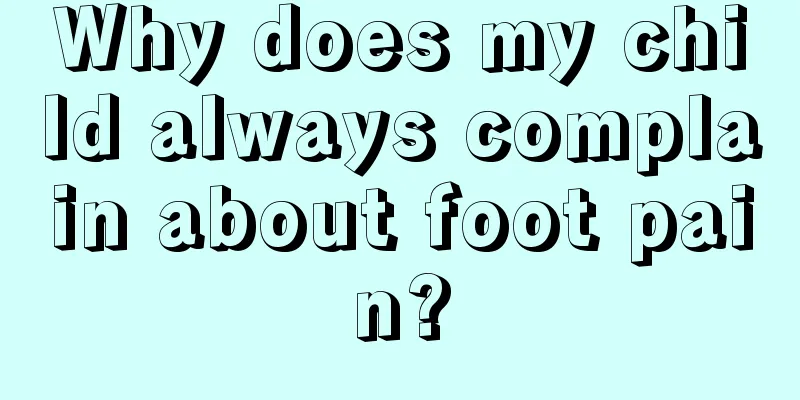Symptoms of heat and cold in children
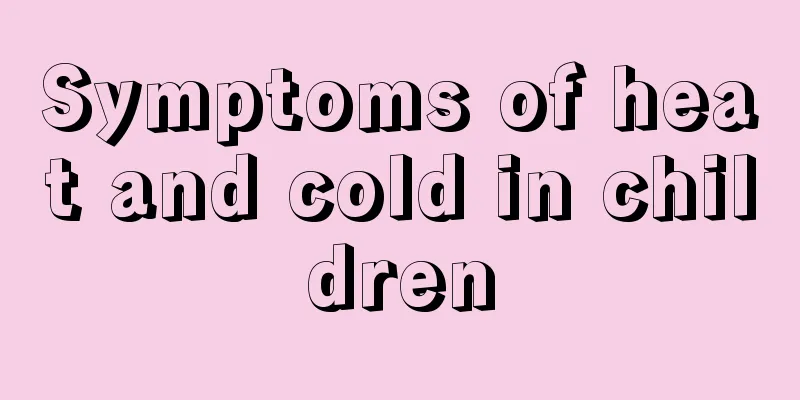
|
Heat cold is also called heat flu. This symptom is mostly found in children. Because most children wear more clothes, mothers are afraid that they will be blown by the wind, so they will add more clothes to their babies. Sometimes the weather is hot, and wearing more clothes can easily cause heat cold. At this time, the baby will have a similar condition to a cold. So what are the symptoms of heat cold in children? The symptoms of "heat cold" are mild, with only nasal symptoms, such as nasal congestion, clear runny nose, sneezing, and mild cough. It will heal in 3 to 4 days. If the pharynx is involved, there will usually be fever, sore throat, and swollen and painful tonsils. The fever usually lasts for 2 to 3 days. If the symptoms are severe, there will be high fever, chills, headache, fatigue, and loss of appetite. The child may have more frequent coughs, and may also have pharyngeal congestion, herpes and ulcers leading to tonsil exudation and obvious pharyngeal pain. Inflammation can also cause swelling and pain in the submandibular lymph nodes, and complications involving the sinuses, middle ear, and trachea. High fever in infants and young children can easily cause convulsions. In viral infections, white blood cell counts are usually normal or low, while in bacterial infections they are usually high. Since upper respiratory tract infections are mostly caused by viruses, antibiotics are not necessary, especially in the early stages of viral infection. If there is a bacterial infection, such as exudative tonsillitis or suppurative otitis media, the doctor will use antibiotics to treat it depending on the specific situation. If a child has a fever, you can take appropriate antipyretic measures under the guidance of a doctor, but do not use large doses of antipyretics to avoid a sudden drop in body temperature and collapse. If the child's cough is severe and affects his diet and sleep, he can take cough suppressants under the guidance of a doctor. How to care for children with "heat cold" Escape the heat and cool down. In midsummer, you can turn on the air conditioner to cool down the room and control the room temperature at 26℃ ~ 28℃. Air-conditioned rooms should also be ventilated frequently to keep the air fresh. Make sure your child drinks enough fluids. Many children with respiratory tract infections often have gastrointestinal dysfunction and reduced digestive enzymes. Children should eat light, fresh, and easily digestible food to avoid gastrointestinal discomfort. Ensuring that the child has enough sleep can help the child recover soon. When the child's body temperature exceeds 38.5℃, antipyretic treatment should be given, such as oral acetaminophen (Tylenol, Benadryl, etc.) or ibuprofen (Motrin). You can apply a cold towel to the child's forehead, or take a warm bath or other physical methods to help reduce the temperature. |
<<: Will children get angry if they drink pure milk?
>>: What are the symptoms of thalassemia in children
Recommend
What should I pay attention to when my child changes his teeth?
Children usually start to change their teeth when...
Massage method for swollen eyes of two-year-old baby
In fact, in daily life, the body resistance of a ...
Can a one-year-old baby drink goat milk?
When it comes to goat milk, everyone knows that g...
Can eating Sophora japonica root prevent precocious puberty in boys?
With the development of society, people's die...
How to avoid scars on children's foreheads
It is inevitable for children to bump into things...
What is the recovery rate of leukomalacia? How to treat it?
White matter health problems have become more and...
How to cool down an 8-year-old child physically
If an eight-year-old child has a fever, the most ...
What to do if your three-year-old baby has a sore throat
A three-year-old baby's sore throat is mostly...
What to do if an eight-month-old baby has diarrhea
Diarrhea has a great impact on the baby's hea...
How old is it better for girls to sleep in separate beds?
In life, many children sleep with their parents w...
What are the harms of excessive exercise to children's health?
In life, many children have the characteristics o...
What should I do if my child has a cold, runny nose or stuffy nose?
For every family, if there is a child in the fami...
What should I do if my child has tonsil polyp inflammation?
Tonsillitis is a disease that everyone knows. Cli...
Reasons why babies have heavy breathing sounds when sleeping
Many mothers will find that their babies breathe ...
How to treat indigestion in children?
Faced with a common disease like indigestion in c...
